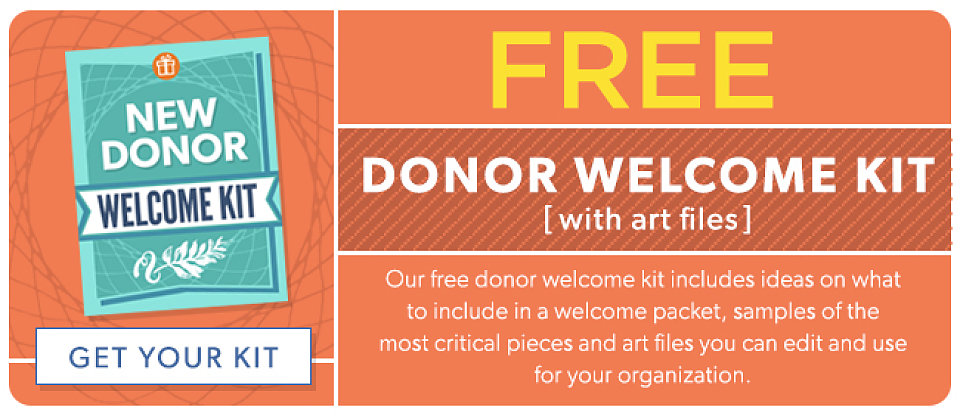Multiply Your Message
By Megan Hawkes
A few weeks ago, I was traveling through an airport and saw a number of large displays on the wall sharing the good work of Ronald McDonald House. The images and taglines were compelling.
But there was no big red “give now” button on the sign. Wait, what? How could they expect the signs to provide a return on investment?
A number of nonprofits use billboard space along the highway to post their mission. Others have create compelling commercials on TV over the years. “This is your brain…this is your brain on drugs.” Another was, “A mind is a terrible thing to waste.” If you turned the TV on in the 70s or 80s, you saw these ads.
Funny, there were no big “give now” buttons, cardboard response devices, or business reply envelopes provided with those commercials. Yet they left their impression on us.
It’s interesting that we often look at social media or other digital communications of a campaign and assume there should be an immediate ROI associated with them. But historically, any advertisement on TV or in a magazine wouldn’t allow for immediate response.
So does it make sense to put messages in front of people, if we can’t quantify the impact? Absolutely! An impact of a message has weight far beyond it’s own channel.
Anytime we reinforce our organization’s campaign through multiple channels, we’re affirming the donor’s trust by being present where they are. We continue our promise that says, “We’ll be the organization you want us to be. Give to this project and we’ll do what we said we’d do. We’ll be trustworthy with your money.”
In case study after case study, we can show improvement on specific campaigns when the campaign language in a paper appeal was shared in email, in social media and online. Real dollar improvements, though they didn’t always have a clear connection to the specific channel.
Why? Because donors often will use a paper response device to give, even when they’ve looked up the ministry and liked their Facebook page, or give online for convenience after they’ve received a letter in the mail. So results can be muddied. And that’s okay.
By being present in multiple channels, you can tell your story more completely, and capture more donors’ interest at different locations. You also have the side benefit of building audiences in multiple places.
Even more, you improve the chances your costly campaign will succeed. If you’re investing in paper, go the extra mile and update your Facebook status with an additional bit of information. Include a landing page that you can direct people towards for more info, and make sure your paper donors and Facebook donors alike can go there.
Once you’ve gone that far, tweet about it. Use all your platforms to drive up your chances of being heard by those who are casually looking for you or for someone like you. Use every social media channel, even if you don’t have a big following. Be present.
Your social media channels are your virtual airports, highways and magazines, places where you can put noticeable images and words, where you can be present, knowing people will see what you have to say.
Then, when they’re asked directly to participate, they can validate the decision of whether or not to give to a paper or email ask by having seen you or being able to easily find you elsewhere.
Here’s another interesting motivating factor, if all this weren’t enough. While an ad in a magazine or on a billboard may not have a big red give button, nearly everything you do online can connect to one easily.
That’s today’s equivalent of having a big red “give” button attached to the image on the TV of the egg in the frying pan.
Make it easy. Make it compelling. Be where people are. Results may not be measurable immediately, but over time, you’ll see lift if you are consistent with your efforts.
Go share your message wherever you can. Because an impression is a terrible thing to waste.















